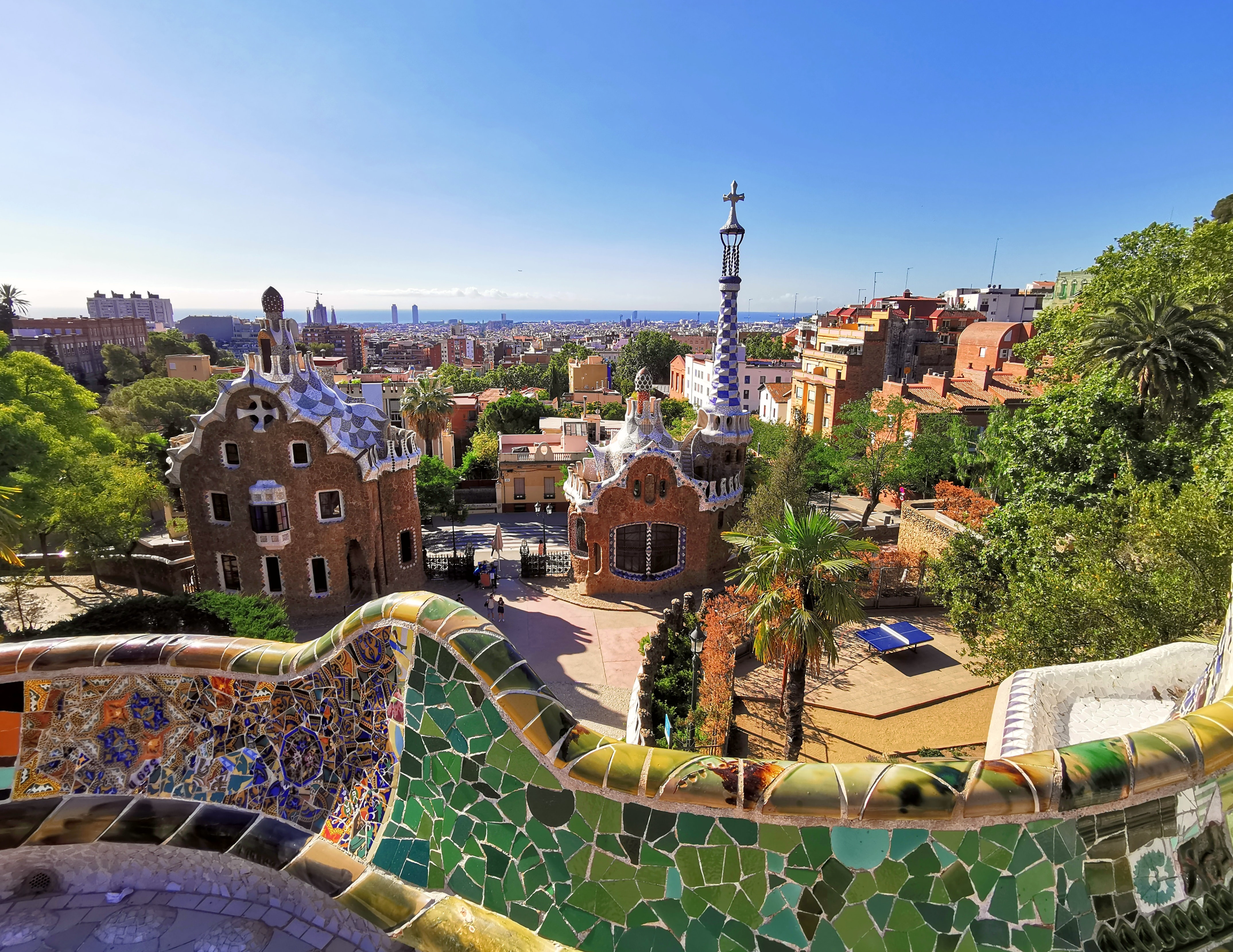The Mainstay of Cava Wine: Macabeo, Parellada and Xarel.lo

What else makes Cava so incredible? Maybe the fact it originates in our little northeastern region of Catalonia, Spain, but it wasn’t until 1970 when the term Cava was officially adopted as the name for the Spanish sparkling wine made in the traditional Champagne method. The word Cava translates to “cellar” in Cataluna’s official language, Catalan – a language that we both should know living in the heart of the region, but don’t, as we are still struggling to pronounce our rolling Spanish “r” and “th” sounds without spitting on the person across from us.
Historically, just west of us in a small town called Sant Sadurni d’Anoia, is where the first Cava wine was ever produced. Jose Raventos, the head of the Codorniu, pioneered this project after becoming enchanted with Champagne while visiting France in 1872. Fortunately, his timing couldn’t have been more perfect as Phylloxera just so happened to spread like wildfire throughout the region in 1880, forcing farmers to uproot their red vines and replant with our three legendary white Cava varietals: Macabeo, Parellada and Xarel.lo.

Macabeo
Macabeo is said to produce the elegant and floral qualities found in many Cava wines. Also known as Viura, Maccabeo or Maccabeu, it is one of the most widely planted grapes in northern Spain, accounting approximately half of all vineyards as a result of its rather convenient behavior of budding late, whereby protecting it against early spring frosts. Another appealing characteristic of this Macabeo is that it can not only withstand oxidation, but it produces young, very light whites. Hence, regions like Rioja have replanted over 90% of their white varietals with Macabeo as the means to balance their regional portfolio filled with heavy, oak-aged wines. But most importantly, it comprises approximately half of all Cava blends.
Parellada
Of the triad that makes up a Cava blend, Parellada is the least planted in the Penedes, the largest Cava region in Spain. Considered a very high-quality grape, Parellada produces very fine, refreshing wines that are renowned for their intense green apple and citrus bouquet. In the high altitudes and poor soils of the Upper Penedes, this varietal tends to produce very crisp and balanced wines with great acidity. However, when planted in the fertile soils of the Lower Penedes, understandably, Parellada gets a little zealous and begins to overproduce, whereby elaborating flat wines best suited for mixing. Traveling through the Penedes, you can spot Parellada by its large, loose bunches of big grapes that have the unique ability to resist Botrytis, a fungal disease that affects grape vines.
Xarel.lo
The very first time I came across the name of this varietal, I butchered the hell out of it trying my best to pronounce it. Being American, I obviously thought the “x” should be pronounced like the “x” in xylophone, but this is far from accurate in Catalan. Here in Cataluna, an “x” is pronounced like a “ch” and should, therefore, be pronounced cha-rel-low. Also known by Xarello and Pansa Blanca in Alella, a wine region just north of Barcelona along the coast. This varietal is most commonly found in the Penedès , distinguished by its full body and unique dried fruit and vegetable-like notes it imparts to wines. And like the other two Cava varietals, Xarel.lo is a very productive vine that buds early and requires very careful pruning in order to nurture and intensify its bold flavors.
However, these aren’t the only protagonists in the production of Cava. Chardonnay, in recent years, has been more widely used in Cava blends, but so has the traditional red grape varietal Garnacha in producing the wonderful Cava Roses we tend to swoon over. Additionally, you will also find guest appearances from Trepat and Pinot Noir. Over the course of the month, we will be sharing more information about these varietals as they come up, but in the meantime, you can simply store them in the back of your mind as contributing players in the production of Cava.






